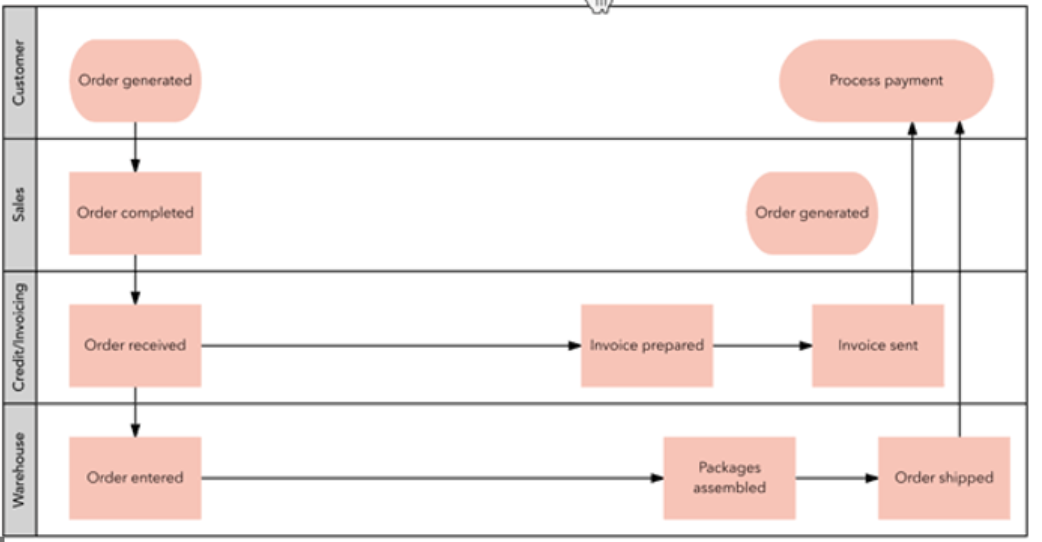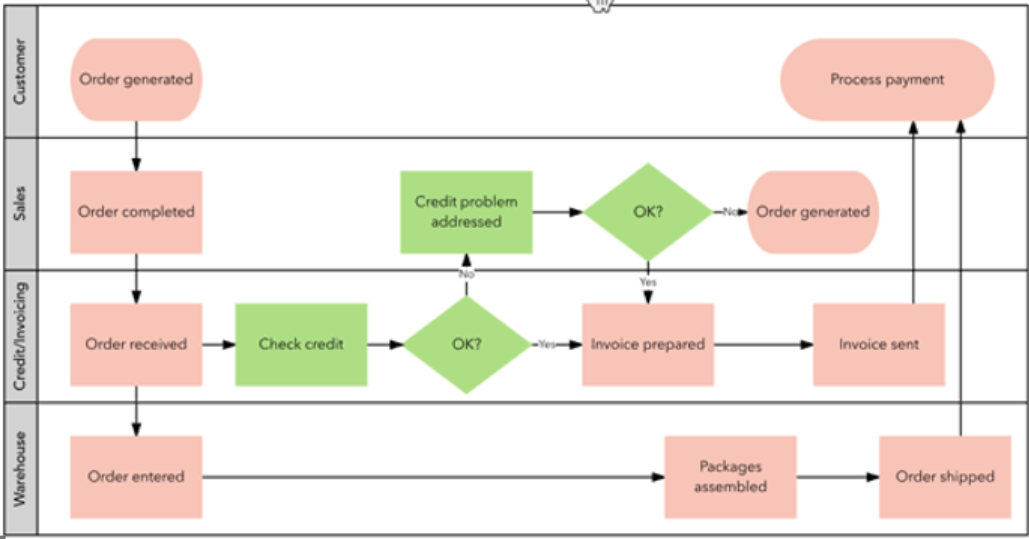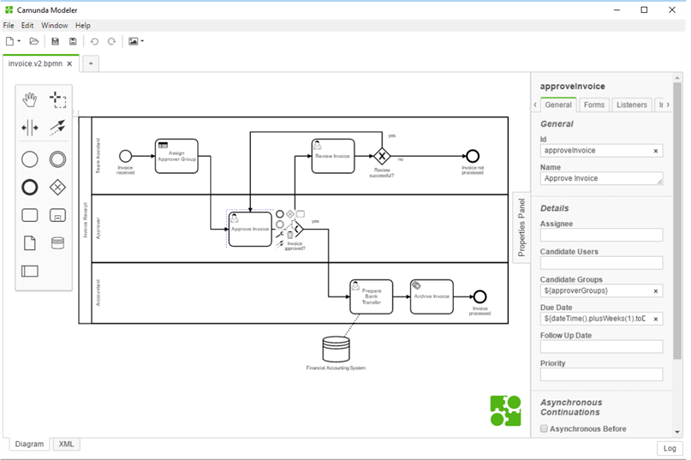Process optimization is a regular procedure of any healthy organization. It is often worked on by in-house business analysts who are involved in the implementation and enforcement of the process, and very likely in all process changes over a longer period of time.
Of course, such activities are highly desirable but unfortunately in-house business analysts are often focused on known problems or a desire to avoid them and are likely to fail to spot all places for improvement. Also, some improvements cannot be implemented in just one process but the changes extend throughout the organization so senior management needs to be involved.
Therefore, prior to some major decisions or capital investments, organizations often seek objective analysis and the opinion of external business analysts. These are mostly situations in which they want to:
- increase market competitiveness (e.g. focus on shorter product/service delivery times or lower costs)
- introduce a new service or sales channel and communication with customers
- reduce costs
- implement regulatory changes that require the implementation of some new steps in all processes.
To get a complete picture of the current situation and the optimal recommendation, it is necessary to dedicate to business analysis based on the in-depth process review.
4 steps of in-depth business process review and optimization
The basic elements of the process review are research, documentation, and analysis, and in-depth business process review itself involves the steps as follows:
- Analysis of the existing situation and process
- Documenting of the existing situation (AS IS)
- Analysis of future and desired situation
- Documenting the future and desired state (TO BE)
In doing so, it is important to identify the most critical processes within the business and ensure their priority in identifying the processes that need to be analyzed in detail.
Analysis of the existing situation and process
This first step takes place through two phases – it starts with process identification, followed by a detailed collection of process information.
In the process identification phase, we define which business processes will be part of the analysis and identify the participants in each individual process. For this activity, workshops with key management of the organization are planned, after which we will receive answers to the questions “What business processes do we want to improve?” and “Who are our coordinators for individual processes?”
The information gathering phase aims to gather as much information as possible about the processes to ensure a full understanding of the business needs, the problems the organization is facing, the goals, the desired scope of improvement, and other aspects of the analysis.
The following activities include all participants – managers and employees who directly implement and supervise each individual procedure within the process. This gives a complete and accurate picture of the whole process and its duration:
- Workshops – process presentations
- Interviews
- Direct observation – fieldwork and measurements
- Surveys
- Workshops – group meetings
Documenting the existing situation (AS IS)
After the analysis, the existing situation needs to be adequately documented through all identified main elements, processes to be defined through diagrams and their efficiency to be measured.
AS IS status documentation focuses on the categories:
- End-to-end process image
- Overview of individual steps in the process
- Presentation of participants in the process steps
- The time required to achieve the primary goal of this process vs. total time spent on the whole process
- Process execution costs, including the number of FTEs involved (Full-time equivalent)
By analyzing the future and desired state to redesign existing processes
At this stage, the goal is to define the future state of the business process in the organization – how it will function after the implementation of technological or business changes. The analysis of the future and desired state is based on the first step – the analysis of the existing AS IS state.
Process redesign includes process optimization and standardization. The selected processes are analyzed with the aim of their optimization and standardization. There are two possible approaches to process optimization: business process improvement and business process reengineering.
They differ from each other in that the concept of improvement relies on an approach to problem solving, and reengineering on changing the way the business process works.
Business Process Improvement (BPI) means that the existing process is gradually improved and it is characterized by:
- Bottom-up access within organizations or function groups
- Focus on existing processes
- Efficiency has been improved by a certain percentage
- It is considered less risky than business process reengineering
Business Process Re-Engineering (BPR) is used when radical change is needed, and it includes:
- Delete existing ones and start again
- Top-down access through departments or function groups
- Focus on required outcomes
- Efficiency has been improved many times over
- It is considered a radical change and thus more risky
Documenting the future and desired state (TO BE)
Upon completion of the analysis, the future and desired state of the process is documented through all elements and diagrams collected in the AS IS analysis, with clearly marked points of improvement in the corresponding diagrams and other indicators.
Documenting the future and desired state focuses on:
- Parts of the process that can be automated
- Parts of the process that can be robotized
- Parts of the process that are no longer needed
- Time required to execute the process after optimization (time to goal and total time)
- Process cost after optimization
Approach to implementation
The implementation of the project itself is based on the Agile methodology with Scrum approach, and the analysis is carried out using BPMN (Business Process Model and Notation) tools. Any procedure described with a BPMN is presented as a series of steps (activities) carried out sequentially or simultaneously according to specific business rules. Thanks to the graphical display, it can be easily understood by everyone, from business analysts to stakeholders. The VSM (Value stream mapping) method is used to detect room for improvement and optimization.
Objectivity and agility - the way to competitiveness
In industries that are affected by faster technological progress, it is necessary to revise their own processes as often as possible because new organizations that appear on the market set processes according to new standards. Only those who are ready to look at their business processes objectively and change them agilely before they feel the decline in competitiveness can keep up with them.
The result of in-depth business process review and analysis is predicted savings on a single iteration of the process or on a one-year example for that organization based on historical data.
How much to reduce the involvement of human resources in the process, how to increase the volume of production, how to provide a service faster, how to reduce the documentation in physical (paper) form – these are just some of the questions that will be easier to answer.
Some proposed changes can be made immediately and without major investments. Such “low hanging fruits” changes are usually made first, and for everyone else, organizations will have enough information to project their investments and savings. Thus, they will have a clear picture in which time period these improvements bring significant savings.











